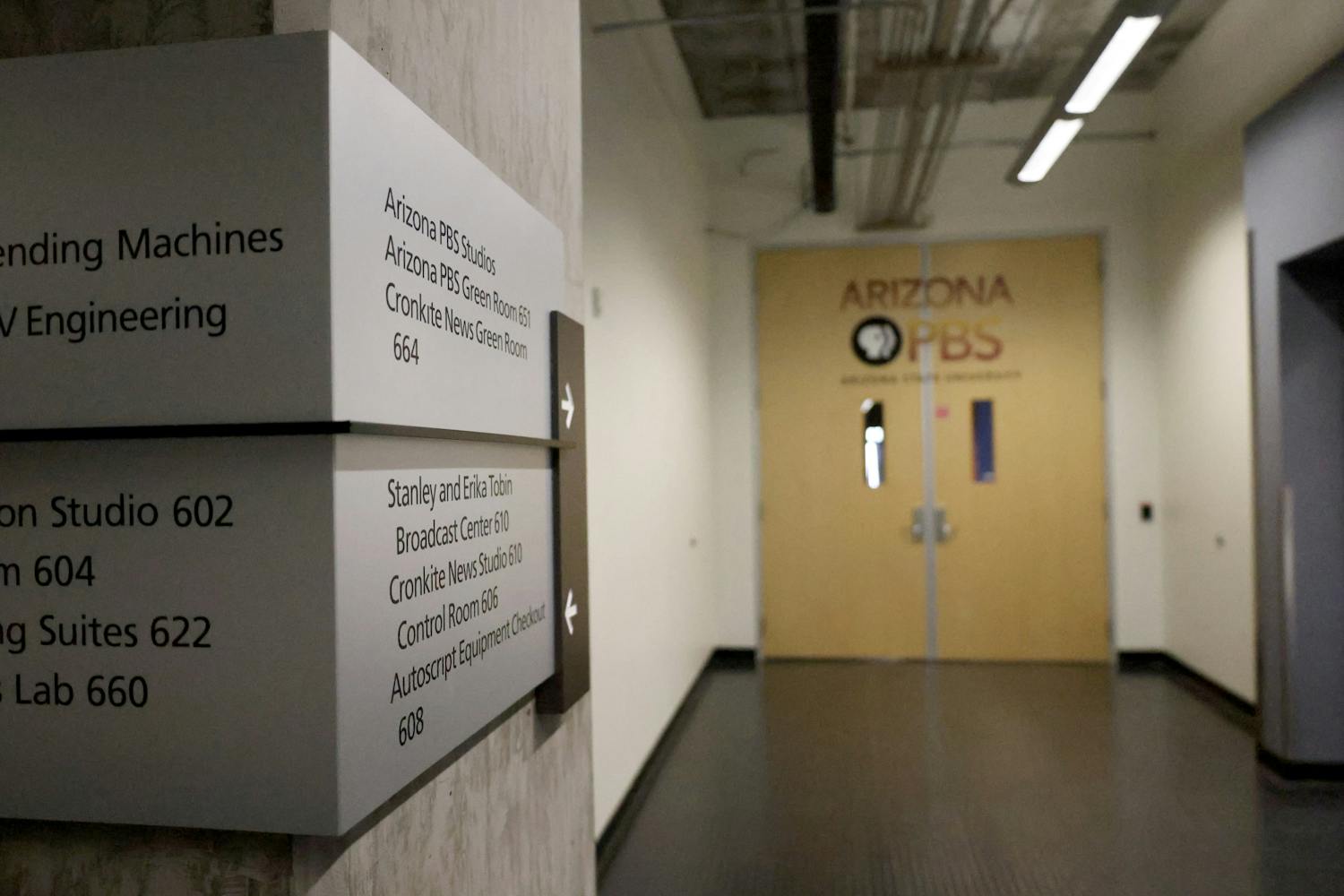 The Energy Detective is part of a Phoenix grant working to understand how people use energy. TED measures the amount of energy dorm residents use and displays it to them in dollar amounts. (Photo by Tyler Griffin)
The Energy Detective is part of a Phoenix grant working to understand how people use energy. TED measures the amount of energy dorm residents use and displays it to them in dollar amounts. (Photo by Tyler Griffin)ASU’s Global Institute of Sustainability is using select Taylor Place floors to measure the amount of energy used on average by college students for the first time this year.
The Energy Detective devices are a small part of the $25 million Energize Phoenix grant the city received from the U.S. Department of Energy’s Better Buildings Neighborhood Program and the American Recovery and Reinvestment Act.
The Global Institute of Sustainability partnered with electricity provider Arizona Public Service Company to conduct this project.
Nonprofit leadership and management freshman Emily Huffman has a TED device in her room.
“I look at it every once in a while just to see how high it does get because my roommate does tend to leave the lights on and devices on,” Huffman said. “It is a really cool idea because we really don’t have to pay an energy bill while living here.”
Global Institute of Sustainability post-doctoral research fellow Samantha Neufeld said they are interested in the overall amount of energy that a dorm resident uses in a semester.
“TED is the only way we can get room level usage, so we are collecting it as an aggregate,” said Neufeld.
TED connects to the wires in the Taylor Place electrical control room and monitors the amount of energy drawn from power sources in individual rooms.
This information is communicated to the gateway, a small black box in each dorm room that then transmits the data constantly to the room’s display, according to Neufeld.
A button on the display allows the users to view their personal energy usage in a variety of units, including kilowatts and the amount of money that would be spent if students were charged for their energy use.
The data TED is collecting will not be reported to the Global Institute of Sustainability until December in order to respect students’ privacy and put less work on Taylor Place administration.
Surveys are being collected to help understand people’s thoughts on the device and uses of energy, Neufeld said.
Mick Dalrymple, manager of the ASU branch of the Energize Phoenix Project, said the data collected from Taylor Place allows the sustainability school to understand people’s behavior toward energy.
“A smaller section of the grant is looking at these kinds of field studies,” Neufeld said. “So we have another one going on in a low-income housing area in Phoenix.”
Students can check their individual energy usage by contacting their community assistant.
Reach the reporter at kdlinn@asu.edu




